What is the depth of embossing that can be done on black metal tins?
Our black metal tins can be embossed to depths ranging from 0.3mm to 0.8mm on standard 0.25mm tinplate, and in exceptional cases up to 1.0mm on thick-gauge steel up to 0.5mm without compromising structural integrity. Once the material is determined, the embossing depth is determined based on press capacity, tooling specifications, and your embossing needs, resulting in the ideal embossing depth.
Material properties and thickness limitations of black metal tins
The basis for deep embossing of black metal tins is the selection of the right substrate. We typically use D+E grade tinplate with a thickness of 0.20mm to 0.30mm, which has a tensile strength of approximately 270MPa and a yield strength of nearly 140MPa, which can reliably support embossing depths of up to 0.5mm. In addition, we use thicker steel from 0.40 mm to 0.50 mm for premium black tin cans, depending on packaging requirements, allowing us to increase the embossing depth to 0.8 to 1.0 mm. Additionally, we specified materials with an elongation greater than 20% to ensure sufficient ductility to prevent cracking during deep embossing. In addition to the substrate, the paint and coating on the black cans also had to be flexible enough to avoid blistering when stretched.
Die andpress capacity requirements
The embossing depth achieved on black metal cans depends on both press capacity and die accuracy. For embossing depths of 0.3 to 0.5 mm on 0.25 mm material, our hydraulic presses can provide forces of 200 to 300 kN per cavity. When the goal is to achieve a depth of 0.8 to 1.0 mm on thicker 0.50 mm steel, the tonnage rises to 600 to 800 kN. At the same time, the hydraulic press provides closed-loop force and position control to maintain consistent depth. I equip our press line with servo-hydraulic systems that provide precise slide positioning within ±0.01 mm, and I use quick-change die sets hardened to HRC 58 to 62 to withstand repeated high-pressure cycles. Proper press alignment, adequate support pads, and finely tuned tonnage ensure that the embossed features of each black tin can are consistent even at high production speeds.
Deep Embossment Die Design Considerations for black metal tins
Deep embossing on black metal tins also depends on careful die design. For example, maintaining a shallow 20° draft angle promotes metal flow without excessive thinning, while using radiused cavity edges, typically R0.5–R1.0 mm, prevents stress concentration and tearing. As a result, we achieve durable embossing depths of up to 1.0 mm. During production, our die engineers optimize the cavity-to-punch clearance to within 0.05 mm to balance metal stretching and ejection performance. The visual requirements of the black tins determine the customer’s choice of die surface treatments, whether mirror polish for sharp contrasts or micro-texture for softened lighting effects. Moreover, the cooling water channels in our modules also regulate temperature, ensuring dimensional stability and consistent embossing depth during long-term production.
Process Control and Quality Assurance
Achieving uniform embossing depth on black metal tins demands rigorous process control. In addition to real-time press tonnage and position feedback, we also deploy laser displacement sensors to verify the accuracy of the actual embossing depth within ±0.02 mm. Therefore, any deviation outside the tolerance will trigger automatic press adjustment or line shutdown. During production, I will implement SPC charts to track the changes in embossing depth and maintain Cpk ≥ 1.67, which shows that our process performance is excellent. Regular die inspections, lubricant monitoring, and preventive maintenance ensure that tool wear does not reduce embossing accuracy. These control measures combine to ensure that each batch of black metal tin meets the specified embossing depth, providing consistent quality for high-end packaging applications.
Finishing and Post-Embossed Treatments for Black Metal Tins
After embossing a black metal tin, post-embossing finishing can protect the raised pattern and enhance visual appeal. First, I would recommend applying a durable black powder coat or UV-cured lacquer that conforms to the embossed contours without pooling. Then, selectively apply matte or gloss varnish to the raised areas to enhance the sense of depth. In addition, I oversee the pre-treatment process during production, alkaline cleaning, and phosphate coating to ensure excellent coating adhesion in recessed areas. In addition, we use low-tack masking films during the coating process to protect the embossing and perform adhesion testing to verify bond strength. These finishing treatments not only protect the embossing from wear and scratches but also enhance contrast, making the embossed pattern visible on retail shelves, thereby enhancing brand image and consumer engagement.
Achieving Optimal Embossing Results
Embossed depths on black metal tins can vary from 0.3 mm on standard tinplate to 1.0 mm on selected heavy-gauge steel, provided that material properties, press capabilities, tooling design, process control, and finishing methods are precisely managed. Our production process integrates high-strength steel, robust hydraulic and servo-hydraulic presses, optimized die geometry, strict SPC monitoring, and targeted coating processes to ensure uniform embossing and sharp details.

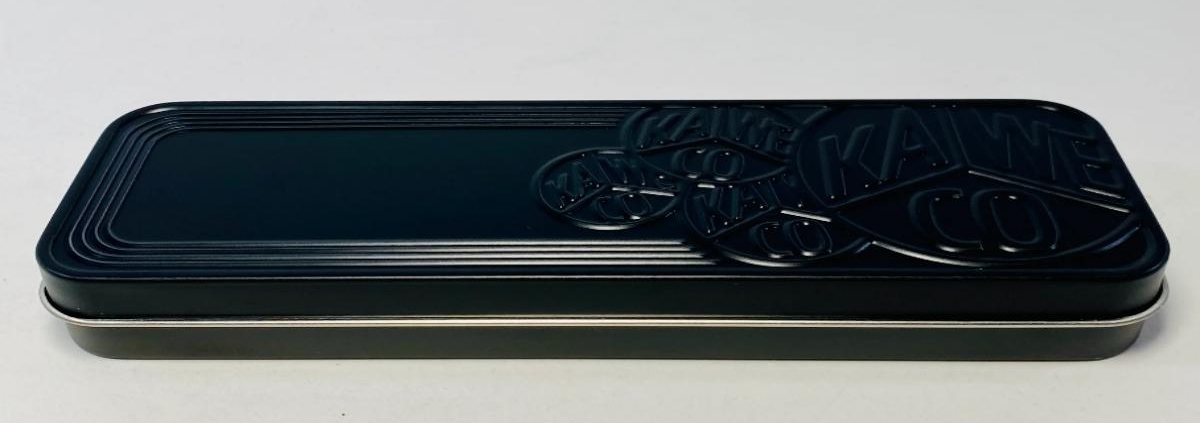


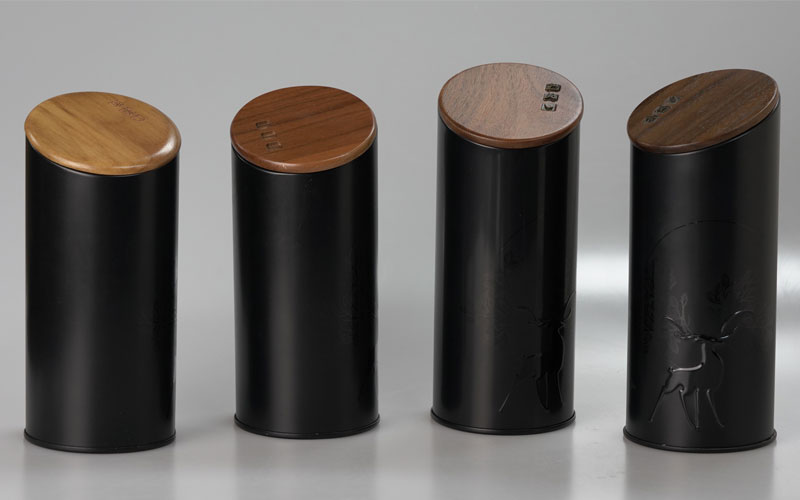

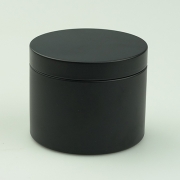



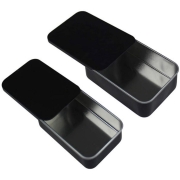
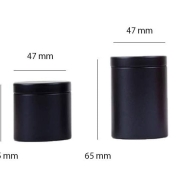

 Facebook
Facebook Twitter
Twitter Linkedin
Linkedin
